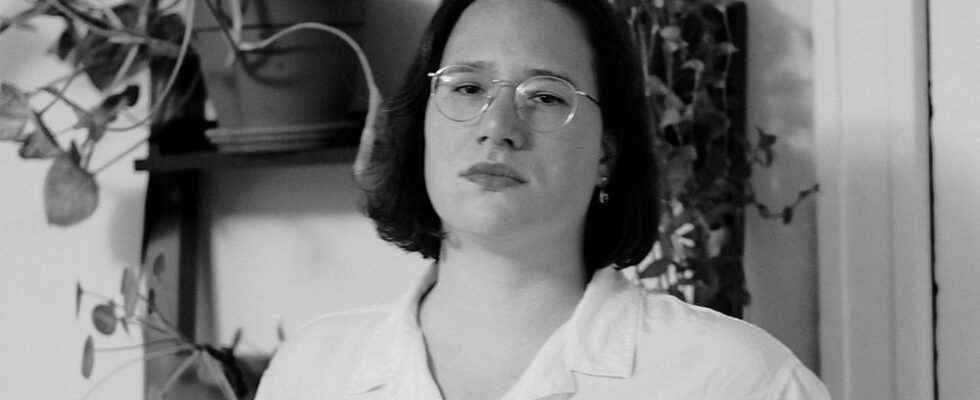Novel
“Masochists”
Katja Perat
Over. Ann-Sofie Öman
Rámus publishing house, 292 pages
Show more
Katja Perat’s “Masochist” has it all, at least on paper. It is the turn of the century 1900, it is Vienna, it is Sigmund Freud and Rainer Maria Rilke and Gustav Klimt. It is a found (and fictional) adopted daughter of the real writer Leopold Sacher-Masoch, the man who wrote “Venus in fur” and reluctantly gave the name to the phenomenon of masochism.
Nada is the novel’s main character and Leopold Sacher-Masoch’s “wolf child”, found in the woods as a newborn and raised with the dysfunctional father and his various women. He forces heavy coats on his mistresses and lets them whip him. The family is constantly breaking up, due to equal parts restlessness and unpaid debts. “Growing up with Leopold was the same as dreaming of a home,” says Nada.
To finally to take root, she marries the pedantic aristocrat Maximilian Moser, and moves from the country to Vienna. But marriage does not turn out to be the salvation Nada hoped for, the man is simply too woody, and in social life she feels looked down upon and exotified as “Sacher-Masoch’s wolf child”. She suffers from periods of dumbness, a condition typically diagnosed as hysterical aphonia. And then she starts going to Dr. Freud at Berggasse 19.
Katja Perat was born in 1988 in Slovenia but today lives in the United States, where she works as a literary scholar at Washington University in St. Louis. In an interview in DN, she has told that the novel was part of her dissertation in creative writing. That is probably part of my problem with the “Masochist”. The academic work behind the novel is obvious and solid, and instructive, if you may say so about something that is, after all, fiction – but it sometimes stands in the way of and creates distance to the story.
This is especially true of Nada herself, who is a case study far more than she is human. The novel is very insightful about the human psyche, about love, jealousy and parental relationships, but as a theory and not as lived experience. It is strange, given all the highly physical trials Nada goes through, that she appears so abstract.
On the other hand maybe that’s the point. As a woman in the cultural circles of the turn of the century, she is a projection surface, object and useful animal about each other, but not “human in her own right” as the back text of the novel points out to me that she wants to be.
But the novel’s clearest character is the lover she takes on, an idealistic writer and avid perhaps man.
The people around her appear to be more complex, whether they have real role models or not. The scenes from Freud’s divan are highly interesting and would have liked to have been able to grow further, as well as the parties when she becomes acquainted with the clothing designer Emilie Flöge who tries to persuade Nada to put down the corset. But the novel’s clearest character is the lover she takes on, an idealistic writer and avid perhaps man.
“Obviously, he suffers from poverty when he only writes one chronicle every six months,” her husband says dismissively of her newfound friend, but Nada falls head over heels. At least that’s what the book says. Her feelings never really come alive to me, but their fateful love story is borne out by his strong presence in the novel. And the fine de siècle world that Katja Perat has recreated in “The Masochist” is lovely to be in as a reader. It’s just a shame that that “man in his own right” never really shows up.
Read more:
Katja Perat: “Women were enormously important for the emergence of psychoanalysis”
Read more of Greta Thurfjell’s texts and more reviews of current books in DN Kultur.
